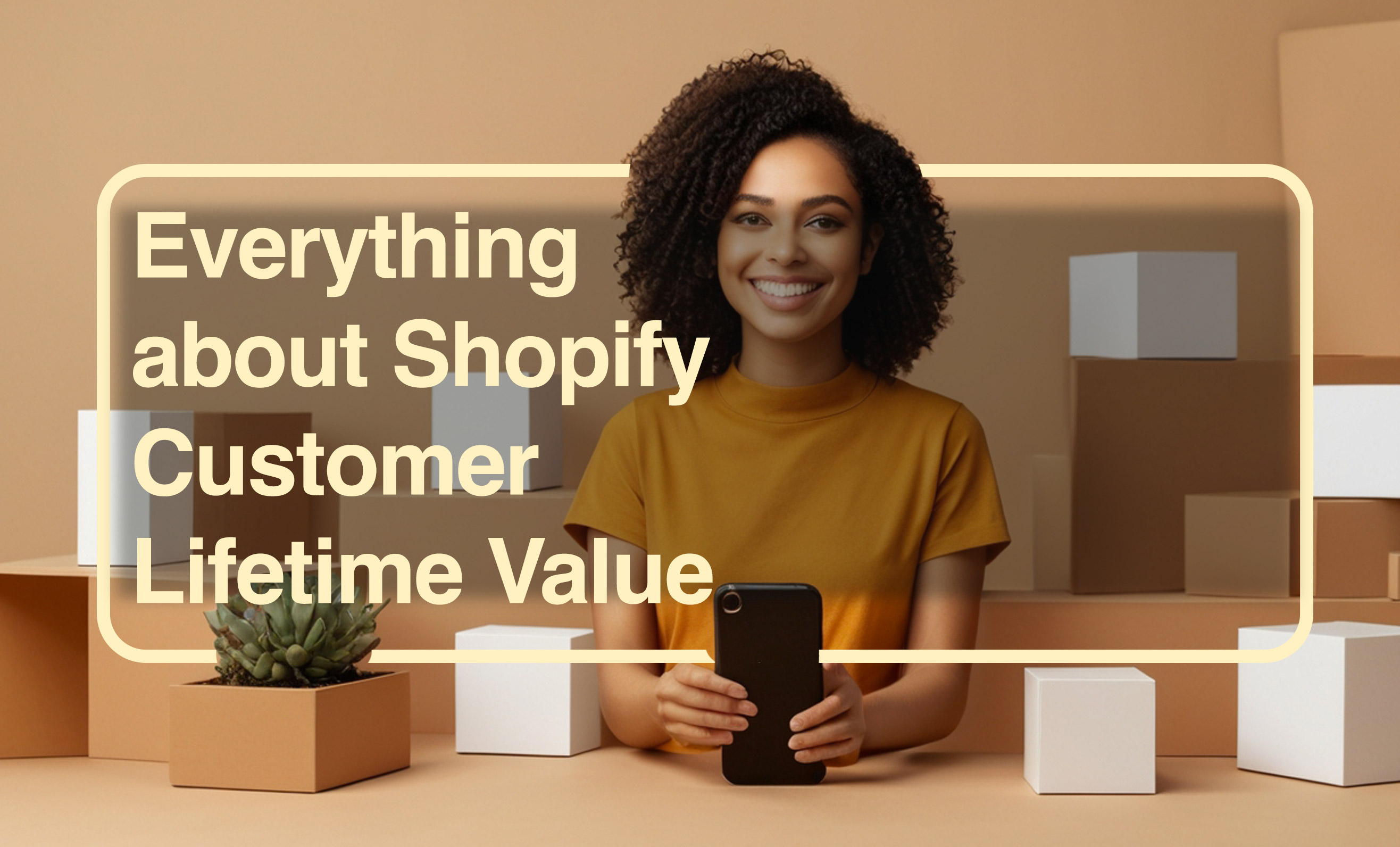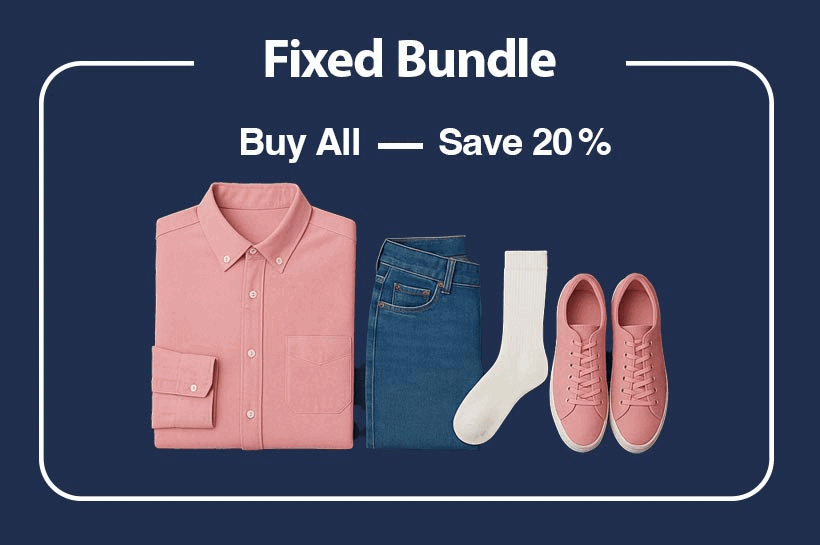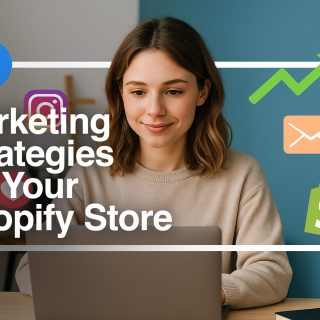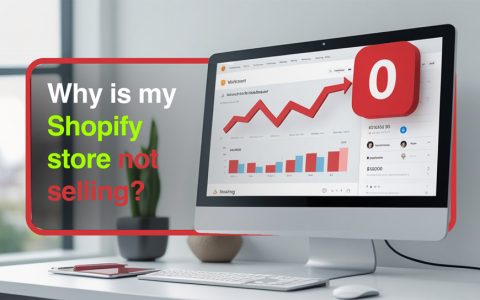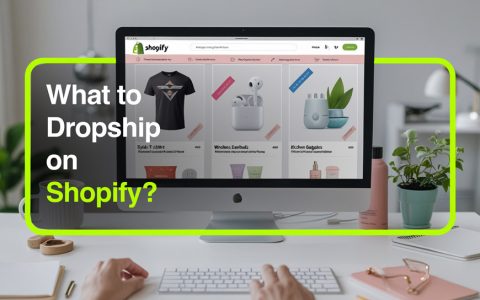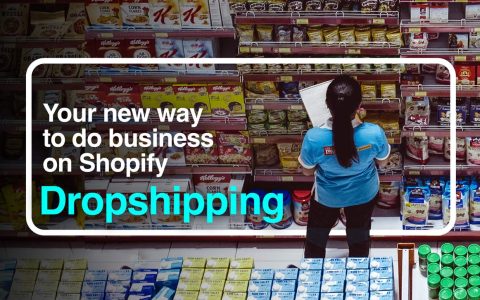Did you know that acquiring a new customer can cost five times more than retaining an existing one?
This highlights the importance of focusing on Customer Lifetime Value (CLV). CLV is the whole revenue a customer makes for your Shopify store over the duration of their loyalty to your business. Understanding CLV is crucial for Shopify store owners, as it directly impacts profitability, enhances customer retention, and improves marketing efficiency. Take Gymshark for an example. They boost CLV by offering personalized product recommendations, loyalty programs, and exclusive drops for returning customers. By focusing on retention, Gymshark turns one-time buyers into long-term fans, increasing their revenue per customer over time.
By prioritizing strategies that increase CLV, you can foster long-term relationships with your customers, leading to sustained business growth and a more loyal customer base. Lets dive into the process and learn everything about shopify customer lifetime value.
What Is Customer Lifetime Value (CLV)?
As we said, Customer Lifetime Value (CLV) shows the total revenue a customer is expected to generate for your business in the time of their relationship with you. Understanding CLV is vital for eCommerce businesses, as it helps in making informed decisions about customer acquisition costs, retention strategies, and overall profitability.
Formula:
CLV = (Average Purchase Value) × (Purchase Frequency) × (Average Customer Lifespan)
Relatable Example:
Imagine you run an online boutique. If the average customer spends $50 per purchase, buys twice a year, and remains loyal for five years, their CLV would be:
$50 (Average Purchase Value) × 2 (Purchase Frequency per Year) × 5 (Years) = $500
This means, on average, each customer contributes $500 to your revenue over their lifetime.
By analyzing CLV, eCommerce businesses can Optimize Marketing Spenda and Allocate resources toward channels that attract high-CLV customers. Also they will increase Profitability by Focusing on strategies that boost purchase frequency and value.
Why Is Shopify Customer Lifetime Value Important?
what is a good customer lifetime value and why is it so vital to keep increasing this? The exact numbers depends on your category, what you sell and where in the business you stand. By focusing on CLV, you can generate more revenue from existing customers rather than constantly acquiring new ones. Here are the main reasons you should keep track of your shopify lifetime value
- Increased Profitability
Focusing on CLV allows you to identify and nurture high-value customers, leading to increased profitability. By understanding which customers contribute the most over time, you can tailor your offerings to meet their needs, encouraging repeat purchases and fostering brand loyalty.
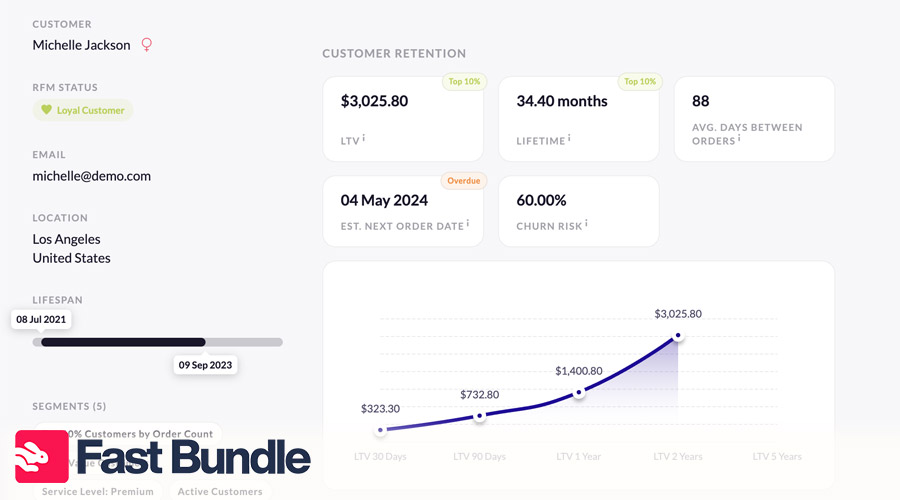
- Optimized Marketing
With insights into CLV, you can allocate marketing resources more effectively. Targeting high-CLV customer segments ensures that your marketing efforts yield a higher return on investment, as you’re focusing on customers who are more likely to make repeat purchases.
- Customer Retention and Loyalty
Understanding CLV helps in developing strategies to retain valuable customers. Implementing loyalty programs, personalized experiences, and exceptional customer service can enhance customer satisfaction, leading to increased retention rates and long-term profitability.
How to Calculate Shopify Customer Lifetime Value (CLV)?
Understanding Customer Lifetime Value (CLV) is essential for Shopify store owners aiming to enhance profitability and refine marketing strategies. CLV represents the total revenue a customer is expected to generate during their relationship with your business. By focusing on CLV, you can generate more revenue from existing customers rather than constantly acquiring new ones.
Step 1: Choose Your Time Frame
Select a period that aligns with your business model, such as monthly, quarterly, or annually. For example, if you want to analyze yearly performance, set your time frame accordingly.
Step 2: Calculate Average Order Value (AOV)
Determine the average amount spent per order during your chosen time frame. For instance, if your store generated $10,000 from 200 orders, your AOV would be $50.
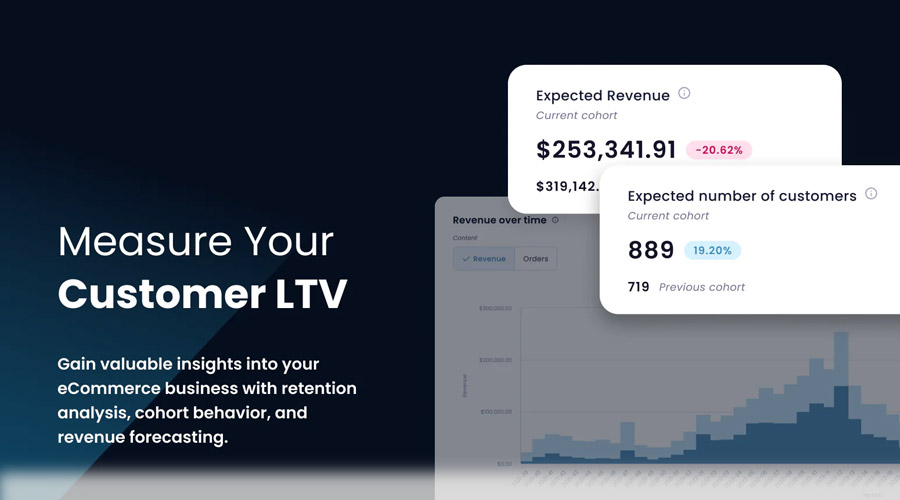
Step 3: Calculate Purchase Frequency
Find the average number of purchases made by a customer within the same period. If you had 100 unique customers who made 200 purchases, the purchase frequency would be 2.
Step 4: Calculate Customer Value
Multiply AOV by purchase frequency to determine the average revenue per customer. Using the previous examples: $50 (AOV) × 2 (purchase frequency) = $100.
Step 5: Estimate Customer Lifespan
Estimate the average duration a customer continues to purchase from your store. If the average customer remains active for 3 years, this is your customer lifespan.
Step 6: Calculate Shopify Customer Lifetime Value (CLV)
Multiply customer value by customer lifespan to find CLV. In this case: $100 (customer value) × 3 (customer lifespan) = $300.
How to Use Customer Lifetime Value to Maximize Profits
Understanding and enhancing Customer Lifetime Value (CLV) is essential for Shopify store owners aiming to boost profitability and refine marketing strategies. CLV represents the total revenue a customer is expected to generate during their relationship with your business. By focusing on CLV, you can generate more revenue from existing customers rather than constantly acquiring new ones.
- Improve Customer Retention
Retaining existing customers is more cost-effective than acquiring new ones. Implement loyalty programs, personalized experiences, and exceptional customer service to encourage repeat purchases and foster brand loyalty. For instance, offering exclusive discounts or early access to new products can incentivize customers to return.
- Target High-Value Customers
Identify and focus on high-CLV customers who contribute significantly to your revenue. Analyze purchasing patterns to segment your customer base and tailor marketing efforts to these valuable segments. By understanding their preferences and behaviors, you can create targeted campaigns that resonate with them, leading to increased sales and loyalty.
- Implement Upselling and Cross-Selling Strategies
Encourage customers to purchase higher-end products or additional items by offering relevant suggestions. For example, if a customer buys a camera, recommend compatible lenses or accessories. This approach not only increases the average order value (AOV) but also enhances the customer’s shopping experience by providing products that complement their initial purchase.
- Increase Average Order Value (AOV)
Encouraging customers to spend more per transaction can significantly boost CLV. Implement strategies like offering volume discounts, bundling products, or providing free shipping thresholds. For instance, offering a discount on the total price when customers purchase a bundle of related products can incentivize larger purchases. Additionally, setting a minimum purchase amount for free shipping can encourage customers to add more items to their cart.
- Utilize Product Bundling
Product bundling involves offering multiple products together at a discounted price, encouraging customers to purchase more items. This strategy increases AOV and provides customers with perceived value. For example, a skincare brand might bundle a cleanser, toner, and moisturizer at a reduced price compared to buying each item separately. Use Fast Bundle app to bundle products, drive higher sales and improve customer satisfaction.
What Is a Good Customer Lifetime Value?
A good CLV is typically three to five times higher than your Customer Acquisition Cost (CAC). This means that for every dollar spent on acquiring a customer, you should aim to generate three to five dollars in revenue over the customer’s lifetime. Achieving this ratio indicates a sustainable and profitable business model.
Benchmark CLV varies across industries. For example, architecture firms may have an average CLV of approximately $1.13 million per client, reflecting the high value of long-term projects. In contrast, digital design and marketing agencies might see an average CLV of around $90,000 per client.
To assess your CLV against your CAC, calculate the ratio by dividing CLV by CAC. A ratio of 3:1 is often considered optimal, indicating that the revenue from a customer over their lifetime is three times the cost of acquiring them.
Regularly monitoring this ratio helps ensure that your customer acquisition strategies are cost-effective and that your business is positioned for long-term profitability.
How to Calculate Customer Lifetime Value on Shopify?
Calculating Customer Lifetime Value (CLV) directly within Shopify’s built-in analytics tools involves several steps:
- Access Sales Reports
Navigate to your Shopify admin panel, click on Analytics, then select Reports.
- Analyze Sales Over Time
Choose the Sales over time report to view your store’s revenue data over a specific period.
- Calculate Average Order Value (AOV)
Divide total revenue by the number of orders during the selected period to determine AOV.
- Determine Purchase Frequency
Divide the total number of orders by the number of unique customers to find purchase frequency.
- Estimate Customer Lifespan
Calculate the average duration customers continue purchasing from your store.
- Compute CLV
Multiply AOV by purchase frequency and then by customer lifespan to obtain CLV.
Bundle Your Way to More CLV!

Final Thoughts
In conclusion, understanding and optimizing Customer Lifetime Value (CLV) is essential for the sustained success of your Shopify store. By focusing on strategies such as enhancing customer retention, implementing effective upselling and cross-selling techniques, and utilizing tools like Fast Bundle for product bundling, you can significantly increase CLV. Regularly monitoring CLV in relation to Customer Acquisition Cost (CAC) ensures that your marketing efforts remain cost-effective and profitable. Embracing these practices not only boosts your revenue but also fosters a loyal customer base, positioning your business for long-term growth and stability.
A strong Customer Lifetime Value (CLV) is typically three to five times higher than your Customer Acquisition Cost (CAC). This ratio indicates a sustainable and profitable business model. However, benchmarks can vary by industry, so it’s essential to consider your specific market context.
Enhance CLV by focusing on customer retention, implementing upselling and cross-selling strategies, offering loyalty programs, and bundling products. Utilizing apps like Fast Bundle can encourage customers to purchase more by creating attractive product bundles, thereby increasing their average order value.
It’s advisable to calculate CLV at least annually. However, if your business is experiencing growth or significant changes in customer behavior, more frequent assessments—such as quarterly—can provide timely insights for strategic adjustments.
Customer Lifetime Value (CLV) and Lifetime Value (LTV) are terms often used interchangeably. Both refer to the total revenue a customer is expected to generate over their relationship with your Shopify store. In this context, Shopify CLV and LTV are synonymous.
Yes, several Shopify apps can assist in boosting CLV:
Fast Bundle: Encourages larger purchases by offering product bundles.
ReConvert: Automates upselling and cross-selling during the checkout process.
Bold Upsell: Suggests higher-end or complementary products to increase transaction value.
Understanding your CLV allows you to make informed decisions about spending on customer acquisition. If your CLV significantly exceeds your CAC, you can invest more in acquiring new customers while maintaining profitability. For example, with a CLV of $300 and a CAC of $50, you’re earning six times what you spend on each new customer, indicating a healthy return on investment.
